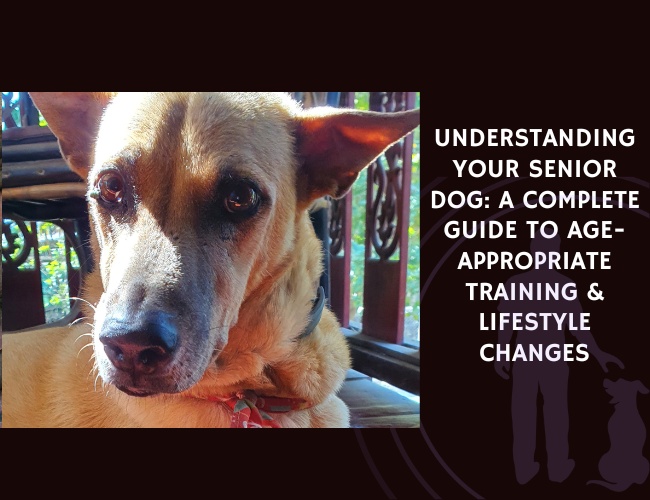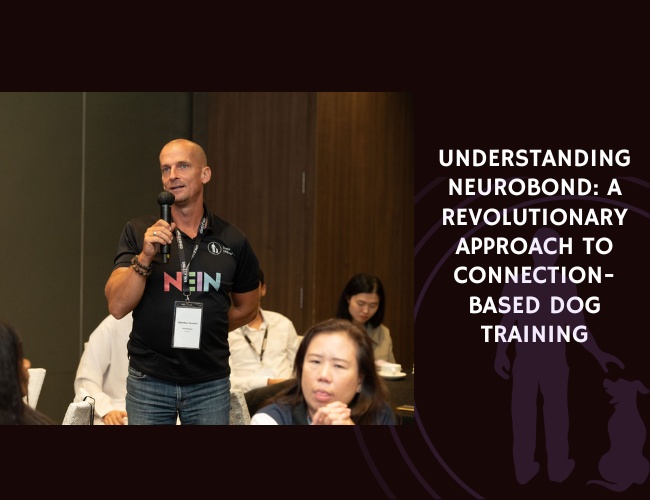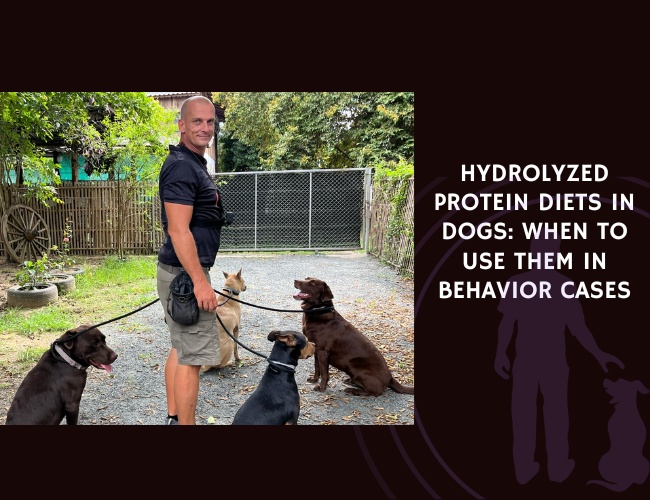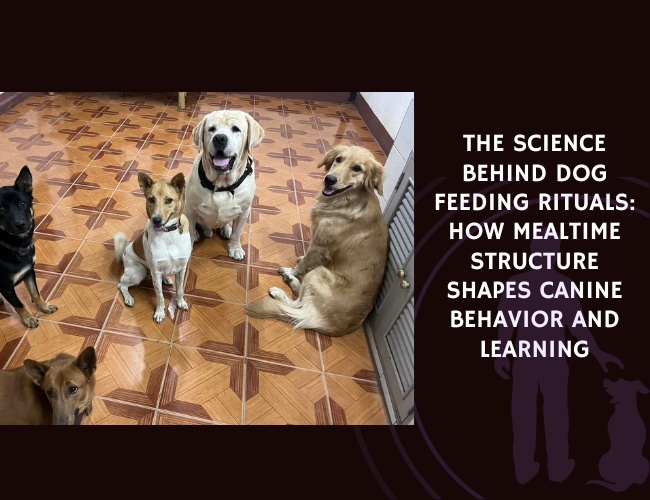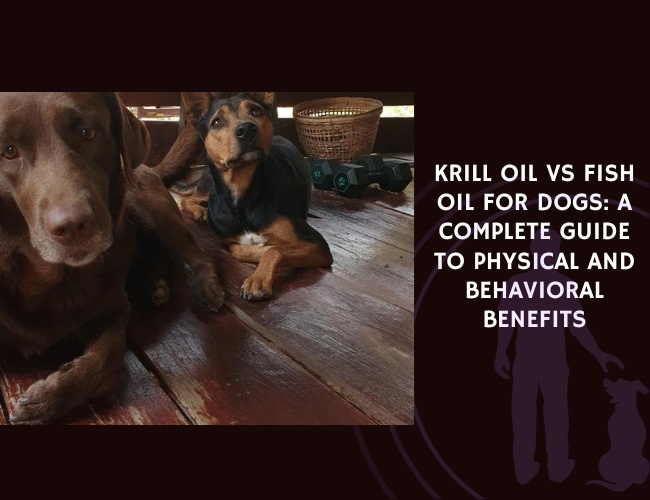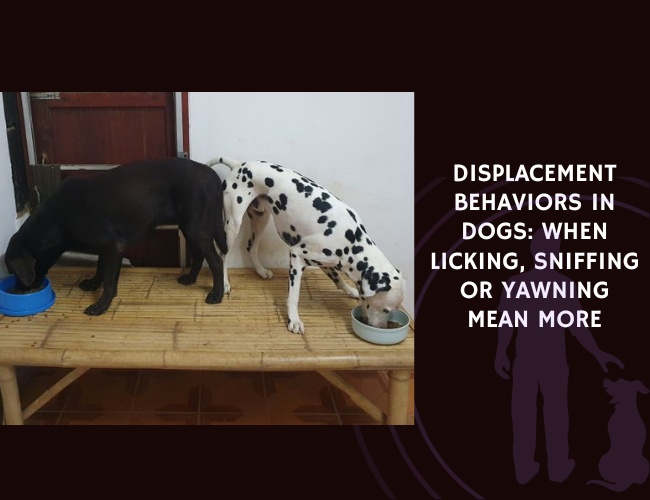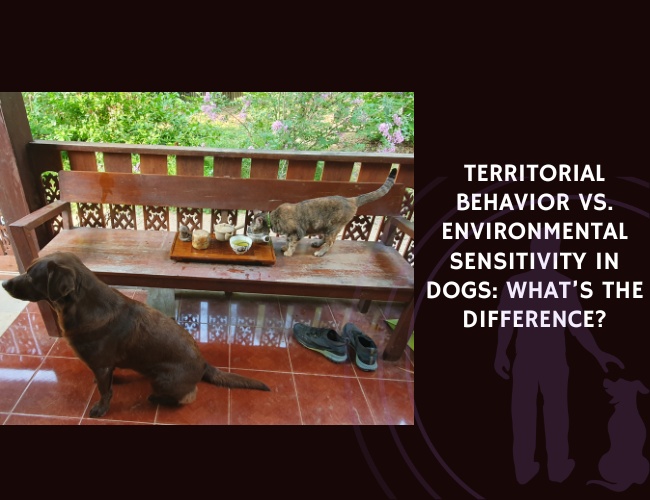Understanding Senior Dogs: When Age Matters
As dogs transition into their senior years, their needs evolve significantly across different breeds. Let’s explore the nuanced complexities of aging in dogs and how to best support them during this crucial stage of life.
Different Age Thresholds for Small, Medium, and Large Breeds
Dogs age at varying rates based on their breed and size. It is essential to recognize these differences to provide age-appropriate care:
- Small Breeds: Typically begin to show signs of aging around 10-12 years.
- Medium Breeds: Often considered senior at 8-10 years.
- Large Breeds: Generally start aging at 6-8 years.
Understanding when your dog is entering their senior years allows for early interventions to enhance their quality of life.
Physical Changes Including Mobility and Sensory Decline
Mobility Issues: One of the most noticeable changes in senior dogs is reduced mobility. Joint stiffness, arthritis, and muscle weakness can make movement challenging. Incorporating low-impact exercises like gentle walks and swimming can help maintain muscle strength and joint health. Additionally, using supports like ramps or joint supplements can ease daily activities.
Sensory Decline: Aging dogs often experience sensory declines, particularly in vision and hearing. You may notice your dog becoming less responsive to commands or navigating the environment with more caution. Adapting communication methods, such as using hand signals for dogs with hearing loss or clear auditory cues for those with impaired vision, can help them feel secure despite these changes.
Metabolic Changes: A slower metabolism is common in senior dogs, making them more susceptible to weight gain and related diseases. Adjusting their diet to reduce caloric intake while ensuring they receive necessary nutrients can help manage these changes effectively.
Mental and Emotional Changes in Aging Dogs
Cognitive Decline: Senior dogs are prone to cognitive decline, including memory loss and disorientation, often referred to as Canine Cognitive Dysfunction (CCD). Signs include confusion, disrupted sleep patterns, and changes in social behavior. Cognitive enrichment activities like puzzle toys and scent-based games can help slow down the cognitive decline and keep their minds active.
Emotional Shifts: Emotionally, aging dogs may become more anxious and less tolerant of stress. This can result from both cognitive decline and physical discomfort. Providing a stable and calm environment, along with increased attention and reassurance, can help manage anxiety in senior dogs.
Adapting to your dog’s evolving needs as they age is crucial for their well-being. Ensuring they have a supportive, comfortable environment and adjusting care routines can make a significant difference in maintaining their quality of life. As you understand these critical aspects, the next step is to consider how to adjust your training methods to suit your senior dog better.
Best Training Practices for Older Dogs
When it comes to training older dogs, patience and understanding are key. The best training for older dogs involves adapting techniques to suit their changing physical and cognitive abilities. Start by focusing on shorter, more frequent training sessions that cater to their reduced stamina and attention span. These brief sessions help keep your senior dog engaged without overwhelming them. Incorporating positive reinforcement is crucial; using treats and verbal praise can motivate your dog and reinforce desired behaviors effectively.
Additionally, consider modifying commands to accommodate any sensory decline your dog may be experiencing. For instance, if your dog has hearing loss, rely more on visual cues or hand signals. Conversely, if vision is impaired, use clear auditory commands paired with gentle touch cues to guide them. This tailored approach not only respects their limitations but also ensures they continue to enjoy the learning process, maintaining a strong bond with you.
Finally, remember that consistency is vital in training older dogs. Establishing a routine helps reduce anxiety and confusion, providing a sense of stability that is comforting for senior pets. By implementing these strategies, you can create a supportive training environment that enhances your dog’s quality of life as they age.
Adapting Training Methods
As our furry friends grow older, it’s vital to adapt training methods to match their evolving capabilities. Given the physical and mental changes that come with age, specialized training is crucial to maintain their quality of life. This chapter will delve into creating shorter, focused training sessions, employing positive reinforcement, and adjusting commands for dogs experiencing sensory decline.
Implementing Shorter, Focused Training Sessions
Older dogs often have shorter attention spans, requiring training sessions to be brief yet engaging. Shorter sessions help prevent overwhelm and allow for frequent breaks, which is essential for maintaining their interest and stamina. Aim for:
- Duration: Keep sessions to about 5-10 minutes each.
- Frequency: Several times a day rather than one long session.
Regularly practicing basic commands during these sessions can also help keep their cognitive functions sharp.
Using Positive Reinforcement and Gentle Encouragement
Positive reinforcement is a cornerstone of effective training for senior dogs. Unlike younger pups, older dogs may become anxious or stressed more easily. Thus, gentle motivation is key. Here’s how:
- Treats and Praise: Use their favorite treats and verbal praise to reinforce good behavior.
- Patience: Senior dogs might take longer to learn or reacclimate to commands. Exhibit patience and consistency without rushing them.
- Comfort: Ensure the training environment is calm and free of distractions to create a positive learning atmosphere.
Modifying Commands for Dogs with Sensory Decline
As dogs age, they may experience sensory deficits, such as diminished vision or hearing. Tailoring training techniques to accommodate these changes is essential.
- Visual Cues for Hearing Loss: Utilize bright objects or clear hand signals to replace auditory commands.
- Clear Auditory Commands for Vision Loss: Speak slowly, clearly, and slightly louder. Consider pairing commands with touch cues to enhance understanding.
For instance, a combination of a gentle tap and a clear vocal cue can guide a dog with vision loss effectively.
Adapting training methods not only addresses the physical and cognitive limitations of senior dogs but also ensures they continue to enjoy life and maintain a strong bond with their owners. Creating a supportive training environment, loaded with positive reinforcement and tailored commands, can significantly enhance their well-being.
Next, we will explore exercise adjustments to accommodate the physical needs of aging dogs, incorporating low-impact activities while monitoring their comfort and well-being.
Exercise and Physical Activity Adjustments
Incorporating Low-Impact Exercises Like Swimming and Gentle Walks
As our furry friends age, it’s crucial to adjust their exercise routines to accommodate their physical changes. Senior dogs benefit immensely from low-impact exercises that reduce stress on their joints while maintaining their mobility and health.
Swimming is an excellent choice for senior dogs, as it provides a full-body workout without putting pressure on their joints. This exercise helps maintain muscle strength and improves cardiovascular health. Additionally, gentle walks can keep senior dogs engaged and active. Aim for shorter, more frequent walks to prevent fatigue while still providing the necessary physical stimulation.
Monitoring Activity Levels and Signs of Overexertion
Monitoring your senior dog’s activity levels is essential to prevent overexertion, which can lead to injuries or exacerbate existing conditions. Overexertion in senior dogs can manifest in various ways, including heavy panting, limping, or reluctance to continue moving. Keep a close eye on your dog during and after activities, and adjust the intensity and duration of exercises as needed.
Using a consistent routine can help you detect any changes in your dog’s behavior and activity tolerance. If you notice signs of overexertion, it’s essential to give your dog rest and consult with your veterinarian to adjust their exercise regimen accordingly.
Using Joint Supplements and Support Aids
To support your senior dog’s joint health, consider incorporating joint supplements and support aids into their daily routine. Supplements like glucosamine and chondroitin can help maintain joint flexibility and reduce discomfort. These supplements are often recommended by veterinarians and can be easily added to your dog’s diet.
Additionally, support aids such as orthopedic beds and ramps can significantly enhance your senior dog’s quality of life. Orthopedic beds provide the necessary support for their joints, while ramps can help them navigate elevated areas without straining their bodies. Minimizing the need for jumping or climbing reduces the risk of joint injuries and makes their daily movements more manageable.
With these adjustments, you can keep your senior dog healthy and active well into their golden years. By incorporating low-impact exercises, monitoring their activity levels, and providing joint support, you can help your furry friend maintain their well-being and enjoy their senior years comfortably.
Next, we’ll delve into adapting their environment to create a safe, supportive living space that caters to the specific needs of senior dogs.
Creating a Senior-Friendly Environment
As your dog moves into their senior years, it’s essential to create a living environment that supports their aging needs. By setting up comfortable spaces, making safety modifications, and maintaining consistent routines, you can ensure your furry friend enjoys a comfortable and stress-free life.
Comfortable Spaces with Orthopedic Beds and Accessible Feeding Stations
Creating cozy and accessible areas for your senior dog involves several key components:
- Orthopedic Beds: Provide your dog with an orthopedic bed that supports their joints and reduces pressure points. These beds are especially beneficial for dogs suffering from arthritis or joint pain.
- Accessible Feeding Stations: Elevate food and water bowls to make it easier for your dog to eat and drink without straining their neck or back. Consider investing in adjustable stands that grow with your pet’s needs.
Implementing Safety Modifications
To keep your senior dog safe and secure, consider the following adjustments:
- Non-Slip Flooring: Use rugs or mats to prevent slipping on hard surfaces. Non-slip flooring can help reduce the risk of falls and injuries.
- Ramps and Stairs: Install ramps or pet stairs to help your dog access higher surfaces like your bed or sofa. This can minimize the strain on their joints caused by jumping.
- Blocking Off Hazards: Limit access to areas where your dog might get hurt, such as stairs or high surfaces. Use baby gates or pet barriers to create safe zones within your home.
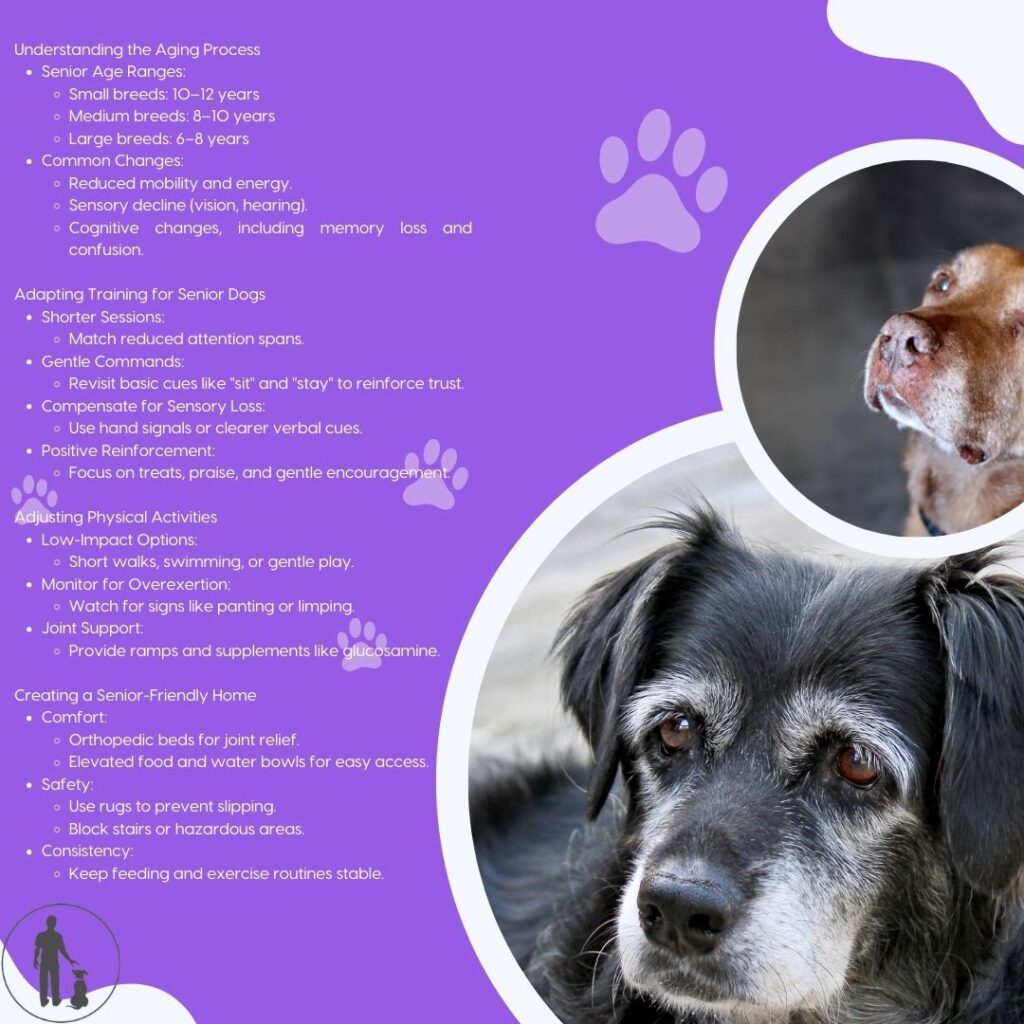
Maintaining Consistent Routines
Consistency is crucial for senior dogs, as it reduces confusion and anxiety. Aim to keep their daily routines as stable as possible:
- Feeding Schedules: Maintain regular meal times to help regulate their digestive system and provide a sense of stability.
- Exercise and Play: Stick to a predictable exercise and play schedule. Regular, low-impact activities like gentle walks or light fetch sessions are great for maintaining mobility.
- Sleeping Patterns: Ensure your dog has a quiet and comfortable place to rest. Try to keep their sleeping area in a consistent location and minimize disruptions.
By setting up a senior-friendly environment, you can significantly improve your dog’s comfort and quality of life. With a few thoughtful changes, you can make sure your beloved pet feels safe, nurtured, and cared for as they age.
Managing Health Challenges
Arthritis and Joint Pain
Arthritis is a common issue in senior dogs, leading to discomfort and impaired mobility. Addressing this through supplements such as glucosamine and chondroitin can provide substantial relief. These supplements are known to improve joint health and reduce pain, allowing your dog to maintain an active lifestyle.
Comfort measures are equally important. Consider using heated beds or wraps to soothe aching joints. Additionally, providing ramps or stairs will help minimize the strain of climbing or jumping, making mobility easier for your elderly companion.
Managing Cognitive Decline
As dogs age, they may experience cognitive decline, similar to dementia in humans. Engaging your dog in cognitive-enhancing activities can significantly slow this process. Interactive toys and puzzles that challenge your pet mentally are beneficial. Additionally, scent games can be an excellent way to stimulate their mind while accommodating for any visual or auditory impairments.
Maintain a consistent routine to reduce anxiety and confusion, which often accompany cognitive decline. Structured environments with predictable schedules help reassure senior dogs, providing them with the stability they need.
Maintaining Appropriate Weight
Proper weight management is crucial for senior dogs. Aging often results in a slower metabolism, increasing the risk of weight gain. An appropriate diet, adjusted for lower activity levels, is essential in helping your dog maintain a healthy weight. Focus on lean proteins and nutrients that support joint and cognitive health, such as omega-3 fatty acids.
A study found that antioxidant-enriched diets can help reduce cognitive and physical decline in aging dogs, emphasizing the importance of nutritional adjustments. Using probiotics can also improve gut health and overall well-being, supporting nutrient absorption and digestive health in senior dogs.
Managing the health challenges of senior dogs involves a multifaceted approach, including physical comfort, mental stimulation, and dietary adjustments. By addressing these areas thoughtfully, you can enhance your pet’s quality of life and ensure they continue to live happily and comfortably into their golden years.
Mental Stimulation and Enrichment
Ensuring that your senior dog remains mentally stimulated is crucial for their overall well-being. Engaging their minds helps slow cognitive decline, improves quality of life, and keeps them happy. As dogs age, they might experience changes in sensory capabilities and decreased mobility, which must be considered when choosing enrichment activities.
Using Age-Appropriate Puzzle Toys and Games
Interactive puzzle toys and games can be fantastic tools for stimulating an aging dog’s mind. These toys are designed to challenge your dog’s problem-solving skills and keep them engaged.
- Food-Dispensing Toys: These toys release treats or kibble as your dog interacts with them. They encourage dogs to solve puzzles to get their rewards, keeping their minds busy and providing a tasty treat.
- Interactive Games: Games like treat-based hide-and-seek can be modified for a senior dog’s capabilities. You can hide treats in easy-to-reach places and allow your dog to use their senses to find them.
Research has shown that mental stimulation through puzzles and training can slow cognitive decline in dogs.
Incorporating Scent-Based Activities
Scent-based activities are particularly beneficial for older dogs that may have visual or auditory impairments but still retain a strong sense of smell.
- Nose Work: Engaging your dog in scent games, such as hiding treats around the house or using a snuffle mat, can keep their brain active. These activities cater to their natural foraging instincts and provide stimulation without requiring strenuous physical effort.
- Scent Trails: Creating scent trails with a favorite scent or treat encourages your dog to follow the trail and find the reward at the end, providing both mental and physical stimulation.
Scent games remain engaging for dogs even as their other senses decline, making them an excellent choice for senior dog enrichment.
Balancing Mental Exercise with Physical Limitations
It’s essential to balance mental stimulation with your dog’s physical capabilities, especially if they have mobility issues or joint pain. Cognitive challenges can be gentle yet effective in keeping their mind sharp.
- Shorter Activity Sessions: Limit activities to short, manageable sessions to prevent exhaustion and frustration. Frequent but brief interactions are more effective and considerate of their reduced stamina.
- Gentle Commands and Encouragement: Use simple commands and provide gentle, positive reinforcement for participation. Patience and consistency are key to making these sessions enjoyable and stress-free.
- Adapting Activities: Tailor activities to your dog’s physical abilities. For instance, if climbing and jumping are difficult, focus on games that require less movement, such as scent games or low-impact puzzles.
Using these strategies can ensure that your senior dog’s mind stays active while respecting their physical limitations. By adapting activities to fit their needs, you help maintain their cognitive health and overall well-being. Regular enrichment and mental exercise are critical for supporting your aging dog’s quality of life.
These techniques create a mentally stimulating environment that enriches their lives, contributing to their happiness and mental health. As you continue to care for your senior dog, paying close attention to their health and adapting activities accordingly will keep them engaged and content.
Emotional Support and Social Needs
Providing adequate emotional support and social interaction is crucial for your senior dog’s well-being. As they grow older, dogs experience various physical and mental changes. By providing increased attention, managing stress, and facilitating appropriate social interactions, you can help ensure your senior dog feels loved and supported.
Providing Increased Attention and Reassurance
Senior dogs often seek more attention and reassurance from their owners. This increased need can be attributed to physical discomfort, cognitive decline, or simply the changes that come with aging. To provide this much-needed support:
- Spend quality time: Engage in gentle play or share quiet moments with your dog throughout the day. More frequent, short interactions can help maintain their comfort and happiness.
- Offer physical affection: Gentle petting and reassuring touches can significantly increase your senior dog’s sense of security and well-being.
- Be patient: Understand that your senior dog might take longer to respond and may need extra time to adapt to changes in their environment or routine.
Managing Stress and Anxiety Through Routine
Establishing and maintaining a consistent routine is vital for managing stress and anxiety in senior dogs. Routines provide a sense of predictability that can be very comforting:
- Regular scheduling: Stick to consistent feeding, walking, and sleeping times to give your dog a structured environment, which can help reduce anxiety.
- Minimize disruptions: Avoid significant changes in their living conditions. Keeping their environment stable helps prevent confusion and stress.
- Provide a safe space: Designate a quiet and cozy spot where your dog can retreat to feel secure, like an area with their bed and favorite toys.
Facilitating Appropriate Social Interactions
While social interaction remains important, it’s essential to moderate it to suit their changing needs and limitations:
- Supervised playdates: Arrange calm and controlled interactions with familiar dogs and people to prevent overstimulation. Limit the duration to prevent fatigue.
- New environments: Be cautious when introducing new situations or environments. Overwhelming your dog with too many new experiences can lead to stress.
- Safe and familiar outings: Take regular walks in familiar, quiet areas. This helps your dog enjoy social stimulation without the stress of unknown surroundings.
By prioritizing emotional support and social needs, you contribute to your senior dog’s overall health and happiness. The next step in ensuring their well-being involves recognizing signs that indicate adjustments are needed and seeking professional support when necessary.
Monitoring Changes and Seeking Support
As your dog ages, monitoring their changes and seeking appropriate support is key to ensuring a comfortable and healthy life. Aging presents various emotional, cognitive, and physical shifts that pet owners must be aware of and address through regular check-ups and vet-recommended interventions.
Recognizing Signs That Indicate Need for Adjustment
Understanding and recognizing the signs that your senior dog needs adjustments is crucial. These signs can be subtle but impactful, including:
- Slowing down during walks or play
- Difficulty standing up or lying down
- Changes in appetite or weight
- Behavioral shifts such as confusion or restlessness at night
These indicators signal the need for altering their routine or environment to better accommodate their evolving needs.
Maintaining Regular Veterinary Check-Ups
Regular veterinary check-ups are essential for senior dog care, providing an opportunity to catch potential health issues early and tailor care routines accordingly. Aim for at least bi-annual vet visits, during which the following should be monitored:
- Mobility and joint health
- Weight and dietary needs
- Cognitive function
- Heart health
Frequent visits ensure that any ongoing adjustments are consistently in line with your dog’s health status.
Implementing Vet-Recommended Supplements and Medications
Supplements and medications can play an important role in maintaining your senior dog’s quality of life. Based on regular check-ups, your vet might recommend:
- Joint Supplements: Glucosamine and chondroitin to support joint health
- Cognitive Supplements: Omega-3 fatty acids and antioxidant-rich supplements for cognitive support
- Medications: Pain relievers for arthritis, or medications designed to manage cognitive decline
These additions to your dog’s routine can significantly increase their comfort and prolong their health and well-being.
Regularly assessing your dog’s needs and acting accordingly by seeking veterinary guidance ensures they receive appropriate care throughout their senior years. Providing a stable, enriched environment will help maintain both their physical health and emotional well-being.
Embrace the Golden Years: Your Senior Dog is Just Beginning

So, there you have it—a comprehensive guide to navigating the twilight years with your furry companion. Remember, aging isn’t a period of decline but a new chapter filled with unique needs and opportunities. Your senior dog might move a little slower, hear a little less, and sometimes forget where their favorite toy is, but with your love, patience, and the right support, they can thrive in their golden years.
Now, it’s time to put this knowledge into action. Start by adjusting their exercise routine, consult your vet about dietary changes, and introduce some brain games to keep them sharp. Most importantly, shower them with an extra dose of love and patience. After all, they’ve earned it.
Your Turn! Share your experiences and tips for caring for senior dogs in the comments below.
Let’s build a community of support for our aging four-legged friends. And don’t forget to give your senior dog an extra treat and belly rub from us! 🐶❤️

